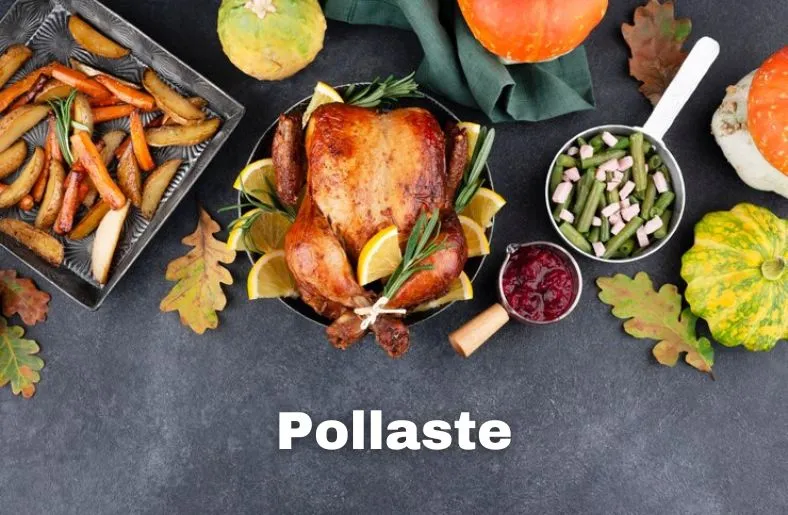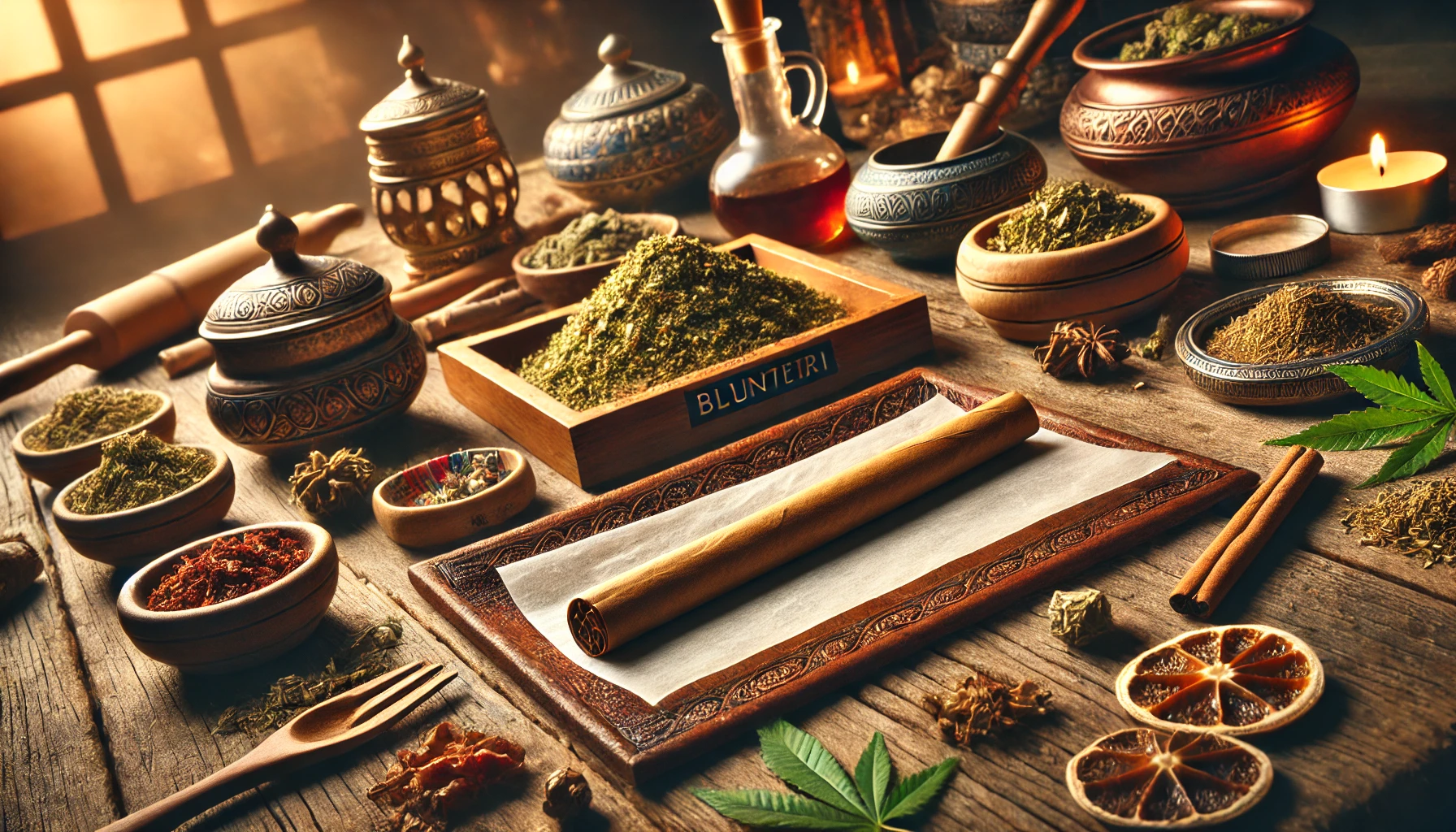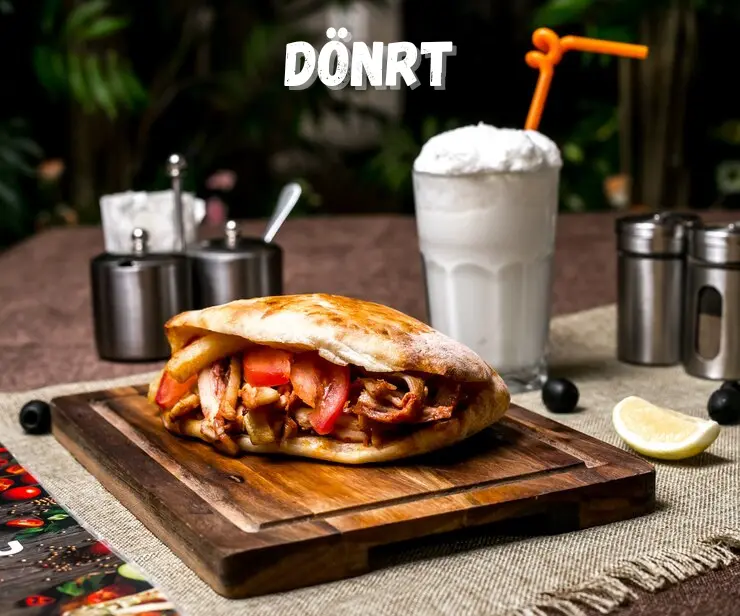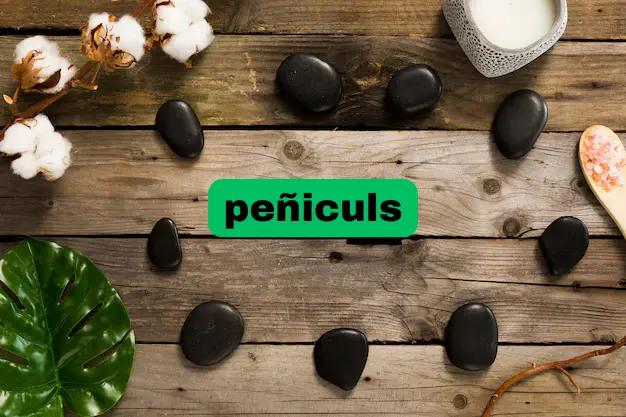Step into a world of culinary delight with pollaste, a dish that promises to tantalize your taste buds and transport you on a journey through culinary heritage. As we delve into the essence of pollaste, we uncover not just a recipe, but a cultural phenomenon cherished across the globe. From its humble origins to its widespread popularity, pollaste holds a special place in the hearts of food enthusiasts everywhere. Join us as we explore the unique flavors and rich traditions that make pollaste a culinary masterpiece. Let’s embark on this flavorful adventure together!
What is Pollaste?
Pollaste is a dish consisting of roasted chicken, vegetables, and herbs. It originates from the Mediterranean region and is popular in many countries. The word “pollaste” itself comes from the Spanish word “pollo” which means chicken. There are many variations of pollaste, but it typically includes ingredients like carrots, potatoes, onions, garlic, and various spices.
Origins and Cultural Significance
Picture the sunny Mediterranean, where this dish was born. It’s not just food there; it’s a part of life, especially during special gatherings. From Spain to Italy, and beyond, pollaste has traveled and adapted, picking up new flavors along the way. But it’s not just about taste; it’s about bringing people together over a shared meal, creating memories that last a lifetime.
Essential Ingredients and Preparation
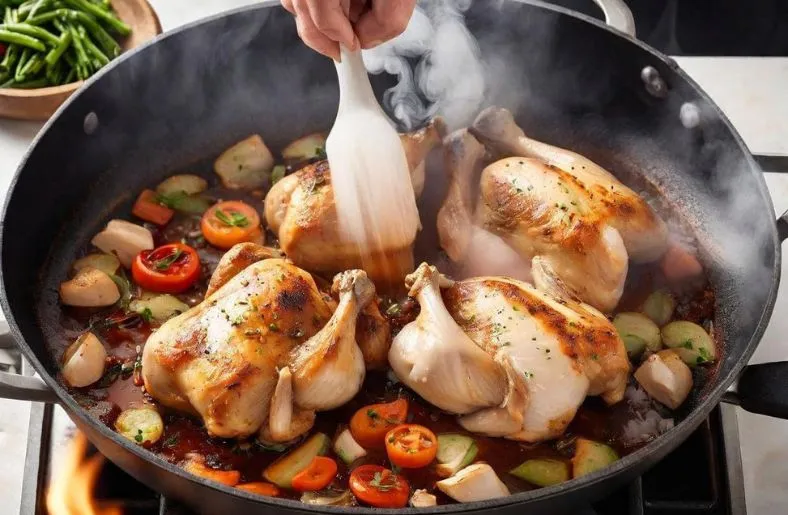
To begin, gather your ingredients: fresh chicken, vibrant vegetables like onions and bell peppers, aromatic spices such as paprika and oregano, and a splash of white wine for depth of flavor.
Now, let’s dive into the preparation process. Start by marinating the chicken in a blend of spices and herbs, allowing it to soak up all the delicious flavors. Next, heat up a pan and sear the chicken until it’s golden brown on the outside. Add in your vegetables and let them simmer in the aromatic broth, infusing each bite with savory goodness.
As the dish cooks, savor the aroma wafting through your kitchen, knowing that something truly special is on the way. Once everything is cooked to perfection, serve up your pollaste with pride, knowing that you’ve created a masterpiece that’s sure to delight everyone at the table.
Health Benefits of Pollaste
Packed with lean protein from the chicken, pollaste supports muscle growth and repair, keeping you strong and energized. Plus, it’s brimming with essential vitamins like A and C from the veggies, boosting immunity and skin health. With its balanced blend of nutrients, pollaste isn’t just a tasty dish; it’s a nourishing addition to any diet, promoting overall wellness and vitality. So, savor each bite knowing that you’re not just enjoying a delicious meal, but also fueling your body with the goodness it needs to thrive
Variations and Cooking Methods
-
Grilling:
-
- Grilling is a popular method for cooking pollaste, imparting a delicious smoky flavor to the dish.
- To grill pollaste, preheat your grill to medium-high heat and place seasoned chicken pieces directly on the grill grates.
- Cook the chicken for about 6 to 8 minutes on each side, or until it reaches an internal temperature of 165°F (75°C).
- The grill adds a charred exterior and juicy interior to the chicken, creating a mouthwatering contrast of textures.
-
Pan-Searing:
-
- Pan-searing is a quick and convenient method for cooking pollaste on the stovetop.
- Heat a skillet over medium-high heat and add a small amount of oil or butter.
- Place seasoned chicken pieces in the skillet and cook for 5 to 7 minutes on each side, or until golden brown and cooked through.
- Pan-searing creates a flavorful crust on the chicken while locking in moisture, resulting in tender and succulent meat.
-
Slow Cooking:
-
- Slow cooking is a hands-off method that yields incredibly tender and flavorful pollaste.
- Place seasoned chicken pieces in a slow cooker along with vegetables, broth, herbs, and spices.
- Cook on low heat for about 6 hours or on high heat for about 3 hours, until the chicken is tender and cooked through.
- Slow cooking allows the flavors to meld together, creating a rich and comforting dish perfect for cozy dinners.
-
Baking:
-
- Baking is a simple and fuss-free method for cooking pollaste in the oven.
- Preheat your oven to 375°F (190°C) and place seasoned chicken pieces in a baking dish.
- Bake for 25 to 30 minutes, or until the chicken is cooked through and reaches an internal temperature of 165°F (75°C).
- Baking produces evenly cooked chicken with a crispy exterior, making it a favorite cooking method for many home cooks.
Each cooking method offers a unique approach to preparing pollaste, allowing you to experiment with different flavors and textures to create a dish that suits your taste preferences and culinary style.
Tips for Perfect Pollaste
- Start by selecting high-quality ingredients, including fresh chicken and vibrant vegetables, to ensure optimal flavor.
- Master the spice blend by experimenting with different combinations of herbs and spices to suit your taste preferences.
- When cooking, avoid overcrowding the pan or grill to allow the chicken to cook evenly and develop a delicious crust.
- Monitor the cooking time carefully to prevent overcooking, which can result in dry chicken.
- Remember to let the chicken rest for a few minutes before serving to allow the juices to redistribute, ensuring juicy and flavorful meat.
By following these simple yet effective tips, you’ll be well on your way to creating a flawless pollaste dish that delights your taste buds every time.
Nutritional Value of Pollaste
Pollaste’s nutritional value depends on the specific recipe, but here’s a general idea for a 100-gram serving:
- Calories: Around 189 kcal, slightly higher than average chicken due to added oils for roasting.
- Fat: Increased fat content (around 12g) compared to plain chicken, with a third being saturated fat.
- Protein: Solid protein source (around 16g) thanks to the chicken.
- Carbohydrates: Lower in carbs (around 1.2g) compared to other dishes due to limited starchy vegetables.
Overall, Pollaste offers a good balance of protein and healthy fats, but watch out for the saturated fat content depending on the preparation.
Storing and Reheating Leftovers
Let’s ensure your leftover pollaste stays just as delicious with these handy tips:
- Store leftover pollaste in an airtight container in the refrigerator for up to 3-4 days.
- When reheating, use a microwave or stovetop, ensuring the chicken reaches an internal temperature of 165°F (75°C) to ensure food safety.
- To maintain flavor and moisture, add a splash of broth or water before reheating.
- Avoid reheating pollaste more than once to prevent potential bacterial growth.
By following these simple guidelines, you can enjoy your leftover pollaste safely and deliciously.
Conclusion: Celebrating the Culinary Heritage of Pollaste
As we conclude our exploration of pollaste, it’s clear that this dish is more than just food; it’s a celebration of cultural heritage and culinary craftsmanship. From its origins in the Mediterranean to its widespread popularity around the globe, pollaste has woven itself into the fabric of diverse cuisines, embodying the essence of shared traditions and culinary creativity. As you embark on your own culinary journey with pollaste, I encourage you to embrace its rich flavors and versatile nature, allowing your taste buds to guide you in creating unique and delicious dishes. Let’s continue to savor the cultural significance and culinary appeal of pollaste, cherishing its timeless legacy with every savory bite.
Read also Spicyrranny – Flavorful Fusion, Fiery Taste!

